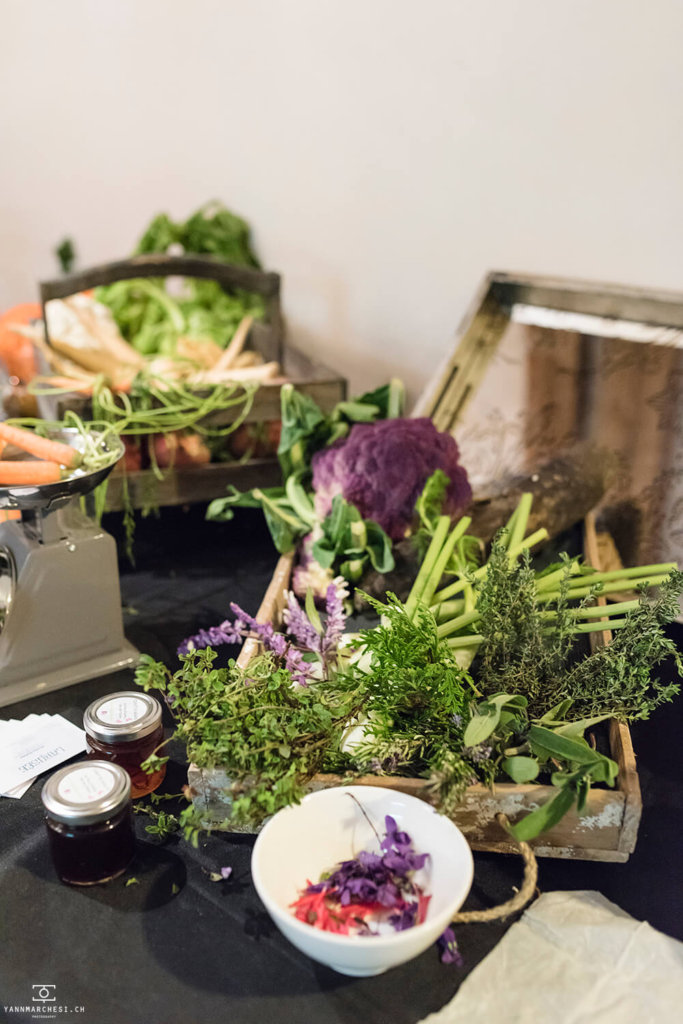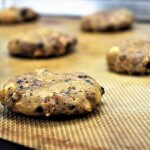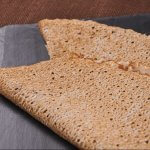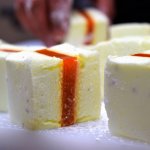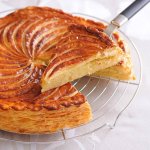Edible Flowers have played a vital part in our food experiences dating back to the times of the Greeks, Romans, and Ancient Chinese. Edible Flowers have been used in table decorations and as part of our meals. These flowers not only impact our visual and olfactory senses, but, are also used to tantalize our taste buds. The vibrant colors provided by flowers can be either visually subtle or brilliant in color, which can help to elevate or complete the presentation of your plate. In most cases, edible flowers are used to complement your food. One can simply place a Basil Blossom Flower or Kale Blue Flower on a dish or add sugar coated roses or pansies to desserts for additional flare, sprinkle tender buds in salad, laminate pastry sheets with colorful petals, or stuff whole blossoms with any fillings. The options are almost endless.
How to eat edible flowers?
If you decide to add flowers to a recipe, make sure that the flowers are indeed edible. Like mushrooms, some flowers can be harmful or even poisonous if eaten be sure you know what you’re playing with before adding any flowers to a recipe. Not every edible flower is completely edible. In fact, for most flowers, you should eat only the petals. Do not eat store-brought as they are not meant for consumption. Only eat flowers from a trusted, organic source. Do not eat the flowers picked from roadsides or train tracks, as they will contain toxins from the vehicle exhausts. Do a taste test for allergies before consuming a large quantity of flowers, especially if you have never eaten flowers before. If you have asthma or hay fever, do not eat edible flowers. And just like any fresh fruit or vegetable, do wash the flowers first to get rid of any dirt or bugs. Eat the petals only. The stems, pistil and stamen are typically removed, since they can be bitter tasting. Although we often don’t think about it, eating an edible flower is not all that uncommon. Some of our favorite vegetable dishes are edible flowers:
- The broccoli for example is a huge cluster of flower buds.
- The artichoke is a large individual unopened edible flower.
- Capers and cauliflower are other examples.
- The very expensive spice, saffron is the pollen collected from the inside of a crocus flower.
- Fennel pollen is a unique flavoring ingredient.
- Fried squash blossoms are a tasty but often overlooked part of a common vegetable plant.
Herb flowers present another important way to enjoy edible flowers.
- Arugula blossoms have a strong nutty flavor,
- Basil blossoms are richly aromatic.
Despite their small size, most herb flowers have a concentrated range of flavors. Lavender flowers are not only beautiful with their delicate color and long straight stems, but they impart great aromas and a distinctive taste. Edible flowers of herb plants generally have a more intense flavor compared to the leaves and provide an additional dimension of visual enhancement.
How to preserve flowers?
Keep fresh, unused flowers in the refrigerator in damp towels. Grow your own edible flowers. And if you do, do not use any chemicals pesticides or insecticides on your plants. Go organic! Today, many restaurant chefs and innovative home cooks garnish their entrees with flower blossoms for a touch of elegance. The secret to success when using edible flowers is to keep the dish simple, do not add to many other flavors that will over power the delicate taste of the flower. Today this nearly lost art is enjoying a revival. Experiment with flowers! Try adding some flowers to your favorite dish or dessert. [/vc_column_text][/vc_column][/vc_row][vc_row][vc_column][vc_column_text]
Here is a list of edible flowers with which I work regularly
The violet:
sweet and sweet flavor. It originates mainly in the south of France. You will find it at the bottom of the zones of altitudes (at least 500 or 600 m of altitude). The violet is eaten cooked, raw, confit, in syrup, in sweets ….
The mimosa:
sweet and demanding flavor. The mimosa is mainly used in perfumery. It should be handled with care. Its aroma is very powerful. You will find it mainly in Provence. The mimosa is eaten cooked or confit.
The jasmine:
Aroma flavored with spiced honey flavor. The jasmine marries to perfection with red fruits. You will find it mainly in the Mediterranean perimeter (France, Morocco, Greece, Italy). Jasmine is eaten cooked, confit, raw, in salad, to flavor a pastry machine.
The rose:
aroma is bewitching. The rose is known to all, we mainly use the rose of May or the rose of Damascus. The rose is consumed as raw as it is cooked.
The nasturtium:
it is a very interesting flower because it has 3 different tastes. The whole flower has the taste of black radish. The petals have a spicy taste similar to pepper. The pistils have the taste of honey. The small nasturtium leaves are 5 times more powerful at the taste than the flower. The nasturtium is eaten mainly raw, in salad, with fish.
The lavender:
bitter taste. Its perfume is extremely powerful to use sparingly. Lavender is mainly used in Provence in perfumery. The lavender or early flower is much softer with spicy and green notes. The lavender is the first flower of lavender. Lavandin is used in cooking as well as in pastry.
The saffron (aka the crocus violet):
its flavor is powerful, spicy and a little vanilla. Saffron is a flower that needs rocky soil to grow. Its flower is very complicated to harvest because one uses only the pistils. Only 5 to 6 are pistils are used per fresh flower. The saffron has the characteristic of naturally coloring your dishes as much in cooking as in pastry. It combines perfectly with meat, fish, dark chocolate, exotic fruits, bananas. Attention is the most expensive flower in the world (even more expensive than gold).
The sage:
the sage flowers are small, sweet and spicy. The flowers and leaves of sage are used for medicinal purposes since the IV century. There are many varieties of edible sage including white sage, velvet sage, pineapple sage. Sage eat as raw as cooked.
The Carnations of India:
taste very spicy like pepper with a slightly acid taste. It is a flower that comes in more than 10 different shades. You will find it easily in the trade. It is used as much in pastry as in kitchen. The carnation of India is eaten believed by coming season your dishes of summer.
The orange blossom:
taste is both bitter and sweet. Orange blossom is widely used in perfumery and cosmetics. It has also been used for a very long time in the Mediterranean pastry. It gives pastry a taste of “sun”.
The borage:
it is the only flower that has an iodized taste similar to the oyster. It is necessary to eat the whole flower (petal – collar – pistils) to discover all its nuances. It is a flower that keeps very little. The bourache is ideal to sublimate the products of the sea.
The red poppy:
neutral taste. The red poppy is an extremely fragile flower to consume immediately. Petals are used for natural dyes. The seeds of the flower are used either for medicinal purposes (poppy, opium) or for culinary purposes (blue poppy, poppy gray). You will find it in the fields but also in unexpected places (seaside, mountain …)
Flowers of zucchini:
taste of a young courgette very floral. The courgette flower is mainly native to Nice and southern France. It is eaten raw, cooked, donut, stuffed, sweet.

